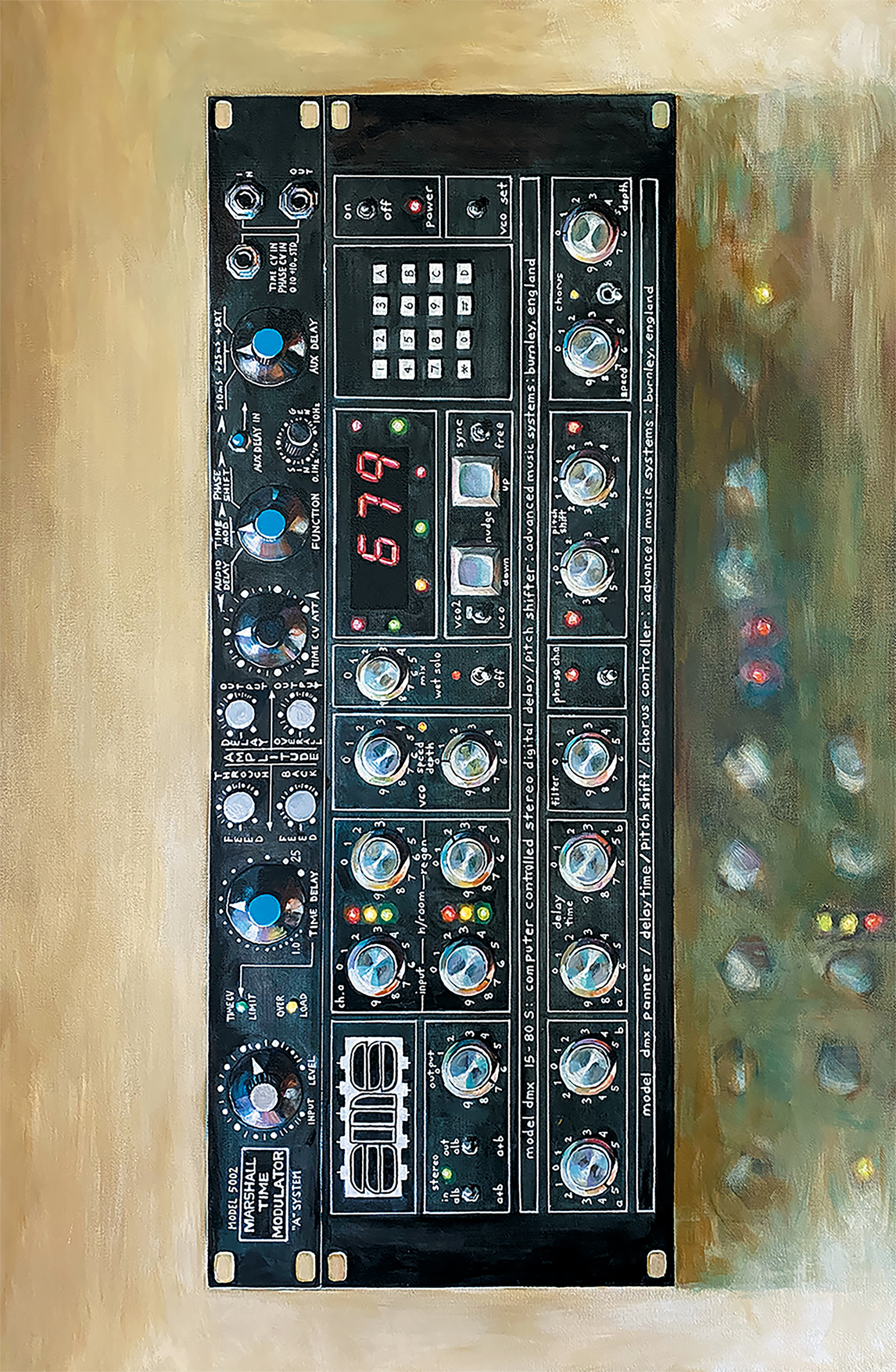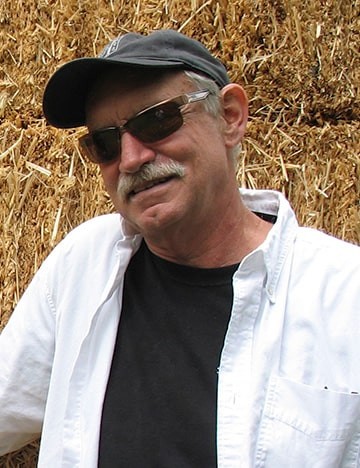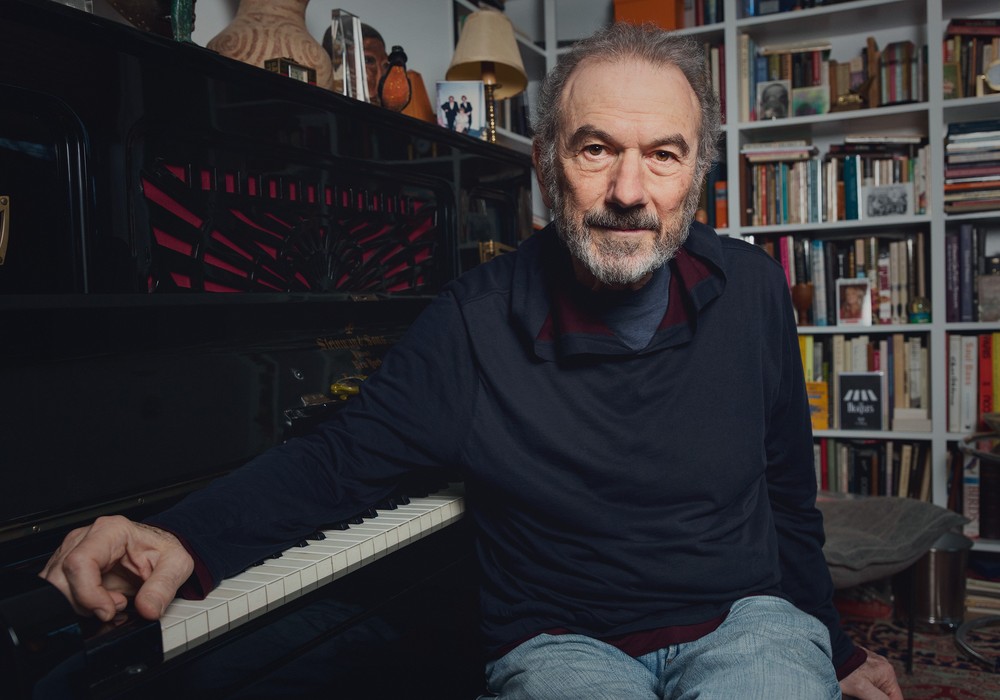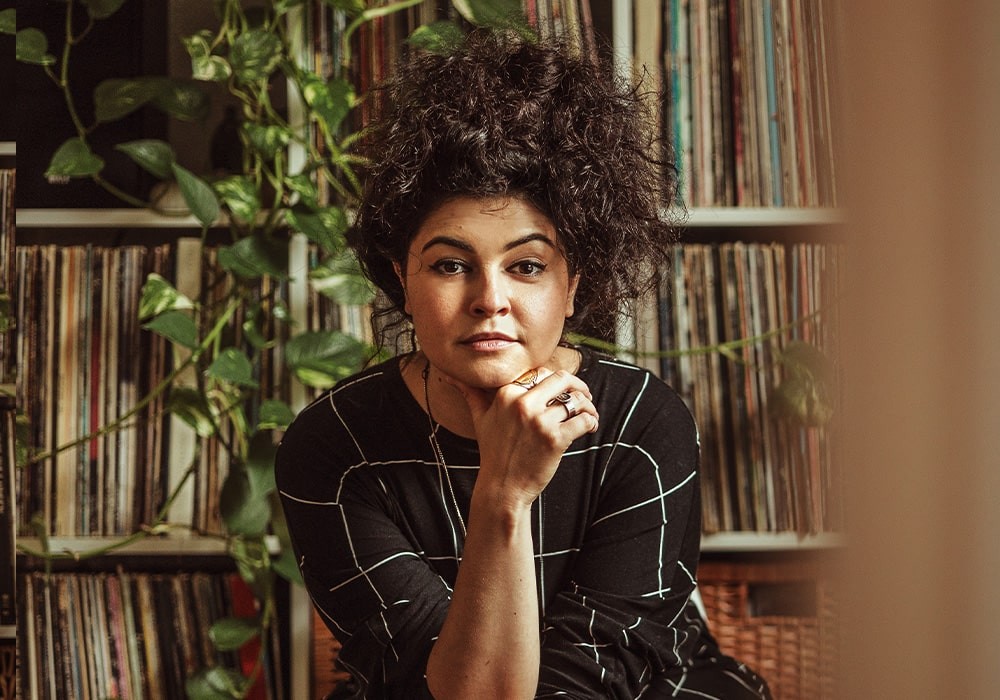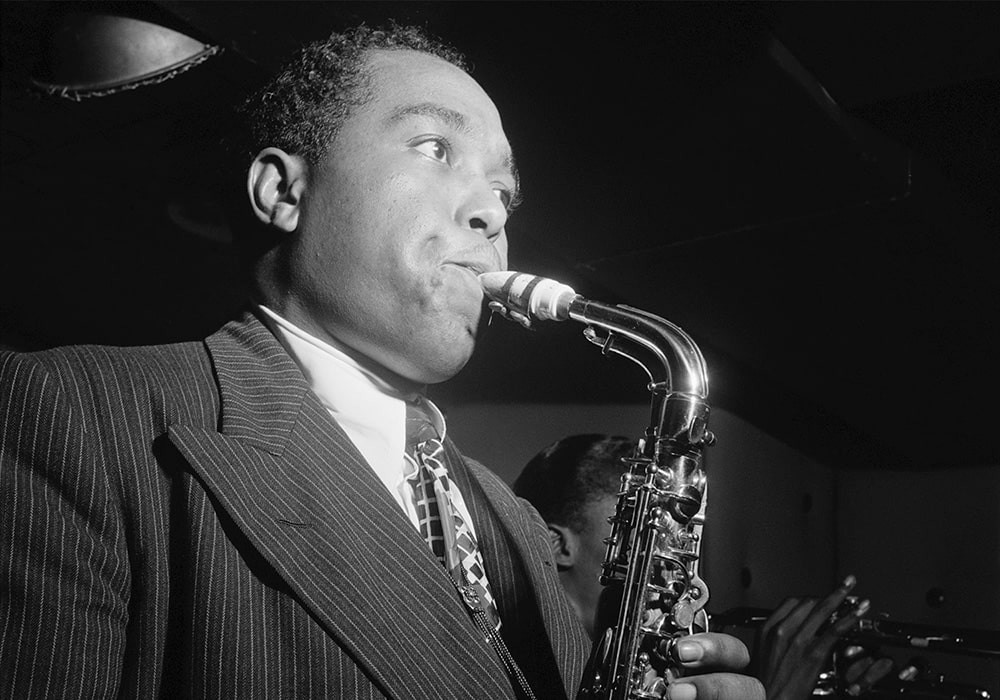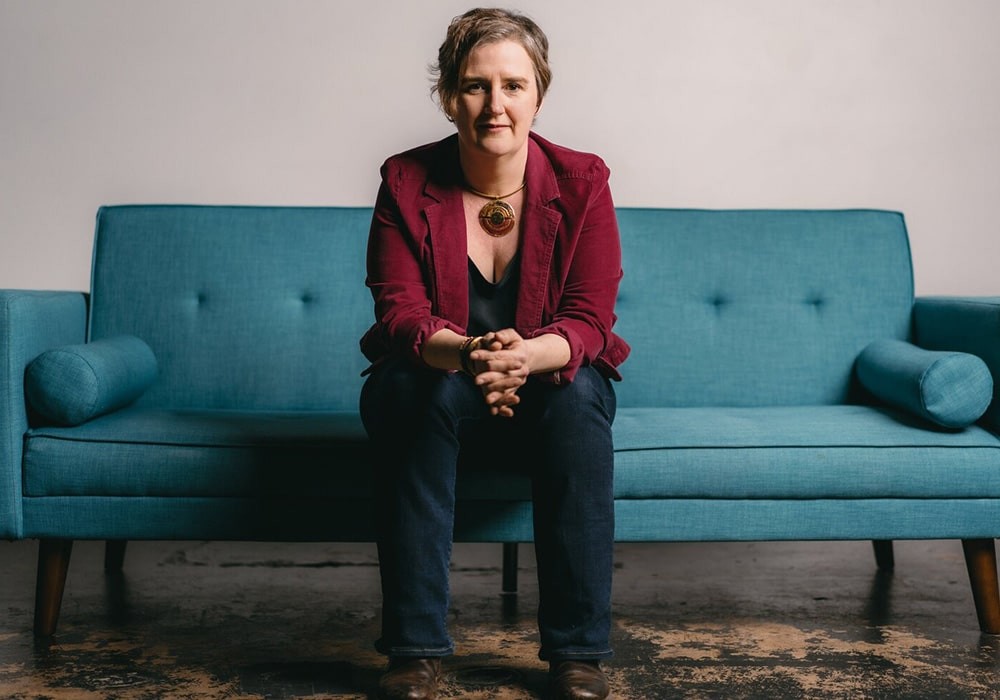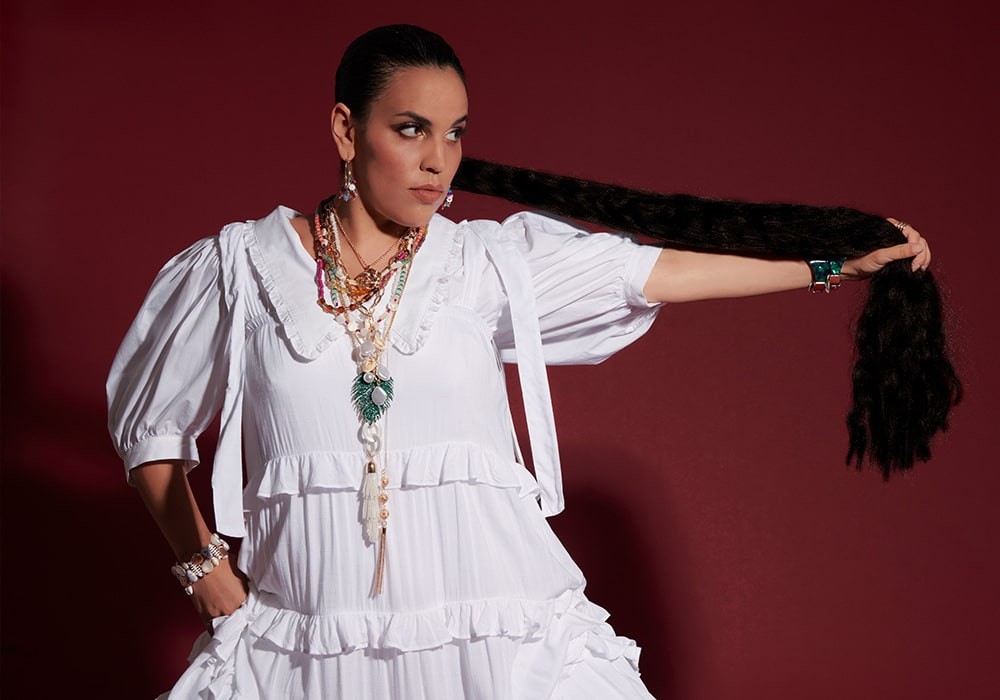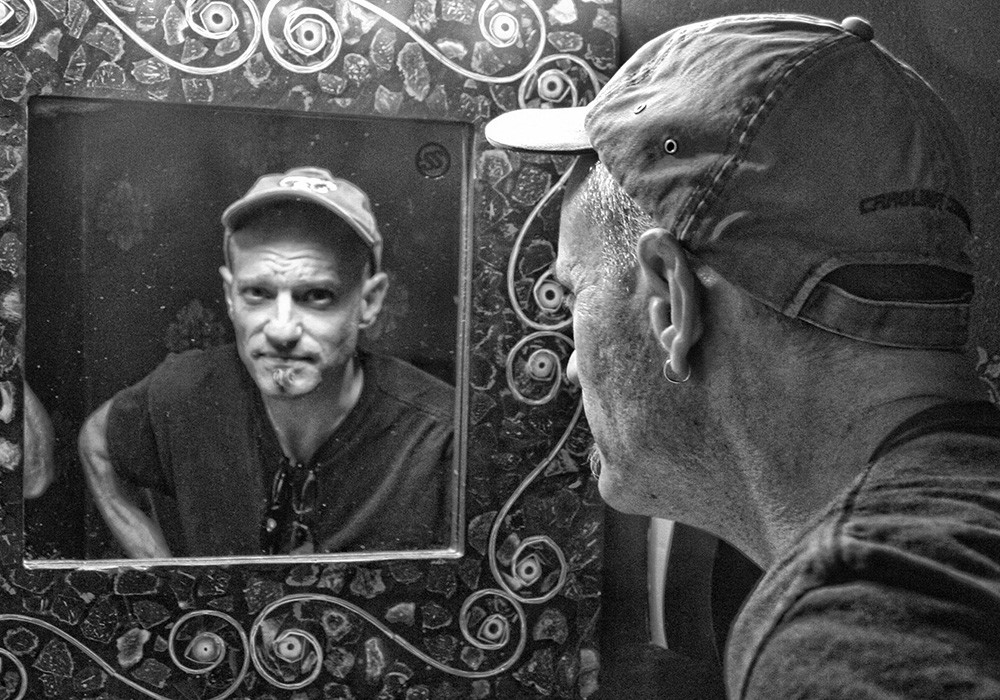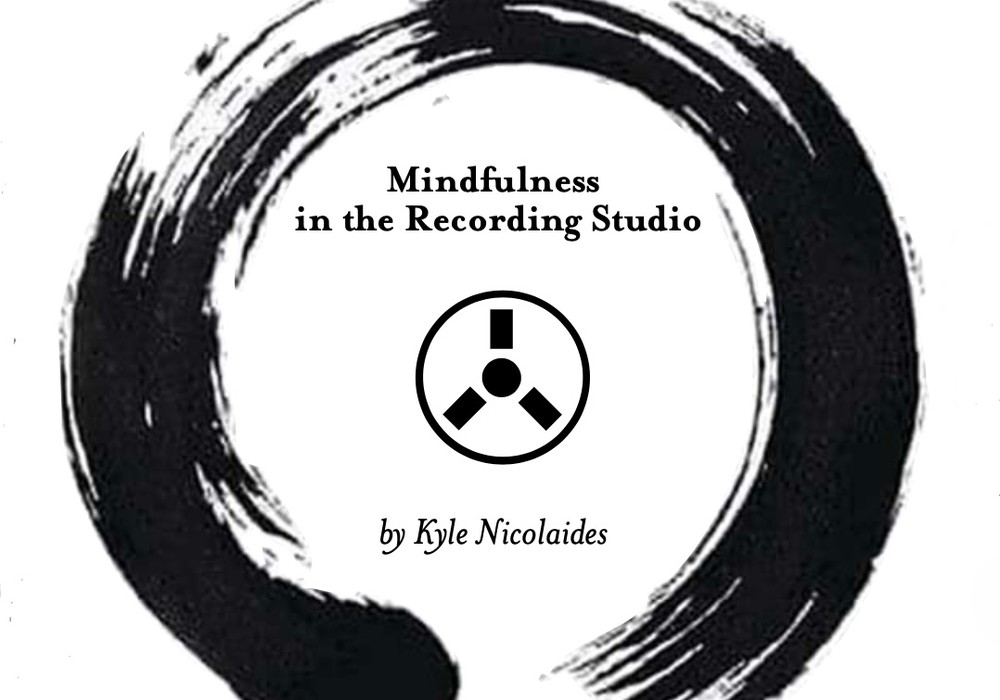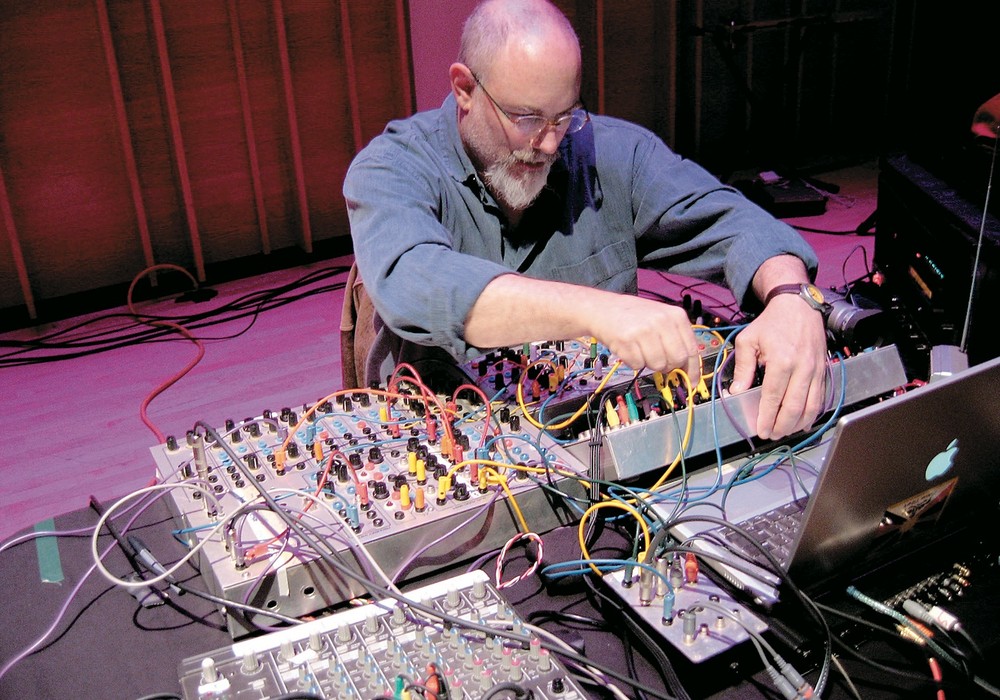How did you get into engineering and doing music?
JH: When I was 11, I got a HAM radio license. My brother and I used to build electronics stuff, like big amplifiers. When I was 14, I got a Hohner Pianet L with my paper route money and started playing in bands. I played all through junior high and high school. I went to the college music department and talked to the dean. I told him what I was interested in, and at the end of the conversation he said, "You're not going to fit into this department." I went to the psychology department – where the guys with the long hair were – and moved into a band house. That was my education. The singer in the band's father was an apple farmer, so we got to make some apple commercials. That was my first time in a studio. It was at American Recording in West Seattle. They had really wide tape – a 1/2-inch, 4-track Scully and a homemade board. I knew when I walked in there that this was what I was going to do for the rest of my life.
What was it that clicked for you?
JH: The electronics, the music, and the reverb! I wanted to be an engineer so I could put reverb on everything. We made some commercials, we made some money, and it was really fun. I decided I wanted to do more. As it turned out, my wife Manny is a brilliant salesperson. She took some music I had written, and the commercials that we had made at American Recording and started getting more work. My dad said, "You're getting a purchase order from a bank to make a commercial. You should go to our bank, get a loan, and pay everybody cash at the session." I went to Sea-West Studios, I paid the musicians in cash, and I paid Rick Keefer, the owner of Sea-West. After doing that a few more times, I was his new best friend.
That's brilliant! [laughter]
JH: At the time, they had one of the tube Ampex 8-tracks; one of the big ones with the big meters on it. They also had a homemade Spectrasonics board, which sounded really good. I said, "I want a job." He said, "Why don't you buy in? You give me $5,000; I'll sell you some stock, and we'll buy the first 16-track in town." We got an [Ampex] MM 1100, and I learned how to be an engineer at Sea-West. The production company got a contract to do Rainier Beer commercials. We had fun and made good money. We worked on these 30 or 60 second pieces of music until they were unquestionably brilliant. It took a week or two to make each one! We won awards. In my third year, there were only three studios in Seattle that I could work in. They were just building Kaye-Smith [Studios], so there really weren't that many places. When they did get Kaye-Smith done, and I needed to do Rainier ads, Steve Miller was in Kaye-Smith, and Heart was booking Sea-West to do Dog & Butterfly. I knew we were going to need a studio in February for three months, and that's when we decided to tear the old barn down.
Had you already bought the property out there?
JH: We bought the property in '75, so we decided to build the studio in '77, because we needed a place and we had the business to sustain it. I had been going to my banker, and every time I went to him to get a little loan either to buy into Sea-West or to pay off an ad, I would say, "One of these days, I'm going to hit you up for the big one." I went in there and said, "I need money to build a studio." I had a good relationship with the bank, and it made total sense. There were tax incentives then to buy American-made equipment. We wanted to work on records, and we knew that if we worked really hard on the commercials for three months, the studio would basically be paid off for the...
